CACH
UnitedParcel Service ROLL WITH R ROLL WITH


UnitedParcel Service ROLL WITH R ROLL WITH

Be


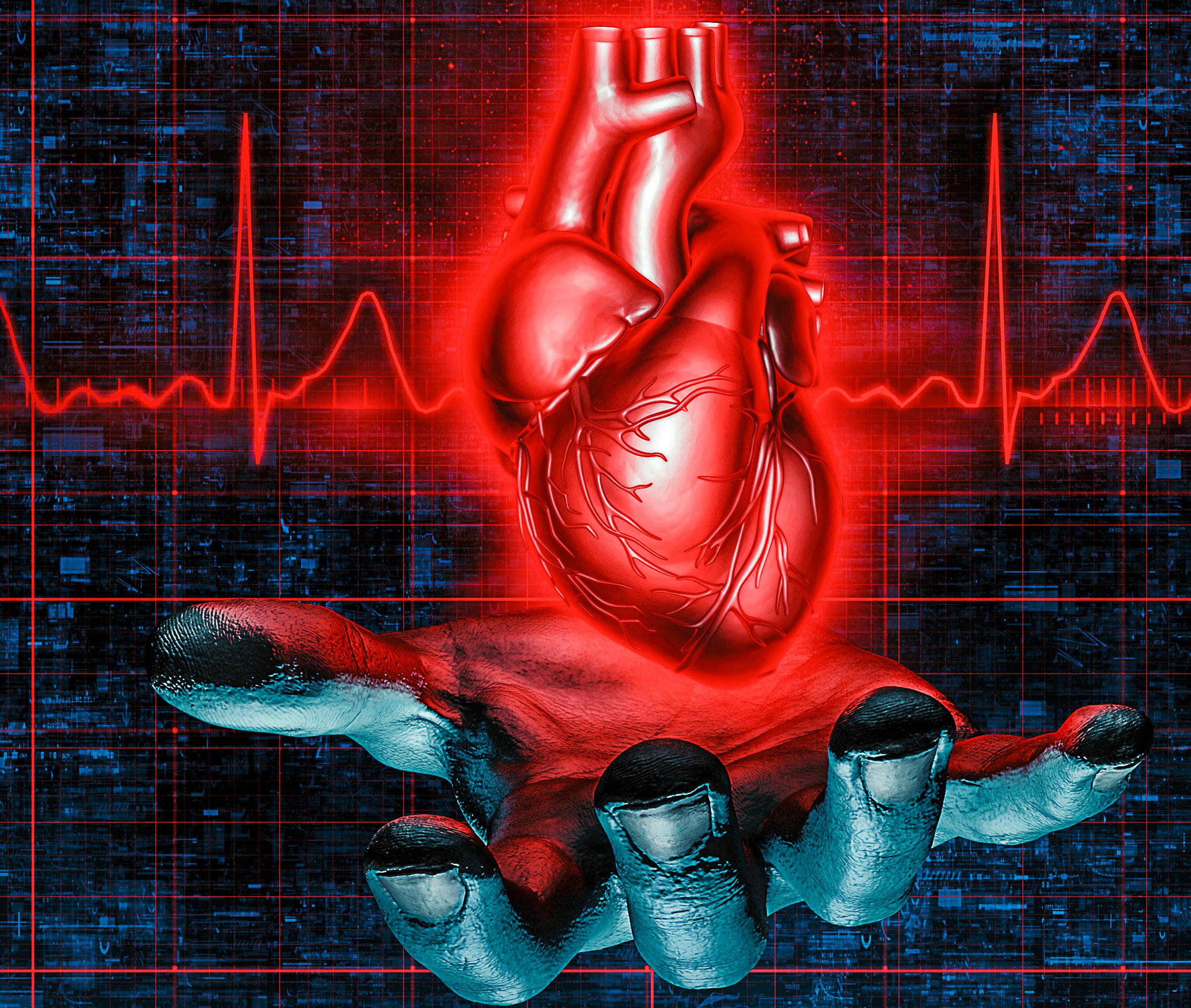
YOU’VE CAREFULLY PLANNED YOUR TRIP AND ARRIVED WITHOUT INCIDENT, REMAINING VIGILANT ABOUT SAFETY. THE TRIP WENT WITHOUT A HITCH AND YOU’RE READY TO BACK UP TO THE DOCK TO UNLOAD. YOU GET LINED UP AND WALK TO THE REAR OF THE TRAILER TO OPEN THE DOORS. YOU’RE ALREADY THINKING AHEAD TO YOUR NEXT LOAD, OR MAYBE A LITTLE HOME TIME.
You remove the seal, move the door latches and ….
What happens next can depend on the process you follow. Far too often, the routine act of opening trailer doors results in driver injury and has caused death. The rear of the trailer is not a place to let down your guard. If the load you picked up was a “drop and hook” load, always check the door hardware — hinges and latches — for cracks, missing bolts or other issues. Trailer doors are heavy and can cause damage and injury if they fall.
One problem inherent with enclosed trailers is that cargo can shift. Shippers and drivers have methods to help reduce cargo movement. Pallets are often shrink-wrapped and have bags, pallets or other objects placed between them to hold them in place. Rubber pads, straps and load-locks help stabilize freight. For some loads, these measures are enough to prevent shifting. Some loads, however, seem to have a mind of their own. Road vibrations and the stresses exerted on the trailer while moving can cause freight to move, tumble and fall — all unseen until the doors are opened. Just a single box of freight, if falling to the ground from near the top of the trailer, can be deadly. When there’s an avalanche of freight from a tipped pallet near the door, you may not be able to step out of the way in time, especially if you’re concentrating on watching where you walk or reseating the door latches so they don’t dangle. Fallen freight can push against the back side of the door with enough force to push it open violently when the latches are loosened. You could be struck by the sharp edges or corners of the door, or you could simply be pushed backward hard enough to lose your balance and fall. That puts you on the ground — right where those heavy boxes are heading. You can actually use the doors themselves as barriers against falling freight. By keeping the door between your body and the freight, you’ll have a shield that can knock down falling items, so they fall on the ground in front of you instead of on you. Once one door is unlatched, position yourself behind the other door — the one that is still latched. Open the door a crack and look inside. If nothing is in danger of falling, go ahead and fully open the door, hooking the retention chain to hold it open. Some drivers use a bungee cord to help ensure that the door doesn’t come loose while backing in or from wind.
A flashlight makes it easier to check for fallen or shifted freight. Modern LED flashlights are inexpensive, and batteries last a long time. It’s a good idea to carry one when you’ll be opening doors. With one door open, inspect the freight behind the other door. If it looks safe, open that door and hook it to its retaining chain. Another consideration when opening trailer doors is wind. A trailer door has plenty of surface area for the wind to catch. That means the door can fly open or closed with enough force to knock a person down, or worse, hit the person, causing injury or death. Make sure you have a firm grip on the door so you aren’t surprised.
Roll-up doors, more commonly used for LTL and local freight, come with their own set of hazards. Most roll-up doors are assisted by a spring mechanism that helps make the door easier to lift. If the spring breaks or the mechanism fails, the door can close suddenly, damaging anything or anyone that gets in the way. Roll-up doors also have more hinges and fastening devices that can rust or break, and they can come off of the roller system they are mounted on. When you open the door, check the cables for fraying or damage, and look for damaged or missing tracks, bolts or anything else that should be reported. Some trailers are equipped with side doors. These need to be checked for proper operation, too.
Curtainside trailers are generally treated like an enclosed flatbed, but freight can shift unseen behind the curtains, so caution is needed opening these up as well. Driver injuries can also happen because of parking lot hazards. Potholes, loose stones, trash or other objects can cause a trip or a twisted ankle. If you’re concentrating on safely opening the doors and looking for loose or falling freight, you might miss a ground-level obstacle. The best practice is to inspect the area you’ll be walking on; then inspect door hinges and latches; then proceed to carefully open the doors, always keeping a door between yourself and the cargo. Keep a firm grip on the door until it is securely latched open. When backing into the dock — or pulling out of one — be sure to look in both west coast mirrors. It’s easy to focus on the left mirror while backing, but brief looks in the right mirror will help you know if a door comes loose from its chain. Loose doors can cause damage to trailers and other vehicles or can be damaged by striking another trailer or even slamming shut.
If you see a door swinging freely, put on the parking brake, get out and secure it before proceeding. There are enough hazards in trucking already, without the dangers involved with trailer doors. Following a safe process for opening and closing them, including keeping your footing secure, will help you stay healthy and ready for the rigors of the road.
High winds can catch a swinging trailer door while you are holding it and cause back or shoulder strains. The door could also hit you with great force. Potholes, ice, mud, and uneven ground around the rear of the trailer can also lead to slips, trips, and falls when opening or closing trailer doors.
BEFORE YOU OPEN THAT DOOR!
It's a good idea to check the door hardware, make sure all handles, latches and hinges are in order before you attempt to open.
If the trailer doors are exhibiting signs of bowing outward, STOP what you are doing and pull forward, apply the brakes firmly in an attempt to shift the load forward.




BE CAREFUL WITH THAT LATCH! Load pressure pressing on the doors can make the handle swing out and hit you in the face...OUCH! STAND BACK when unlatching rear doors!
TAKE A PEEK!

Peek in between the doors for packages that may have fallen against them, DO NOT just fling them open and risk having them fall and cause you harm.
BE SMART, PROTECT YOURSELF!
If packages are putting pressure on the doors then close it up and notify dispatch that it is not safe to open trailer doors.

REMEMBER!
Use common sense when attempting to open trailer swing doors, if something doesn't look right it probably isn't. If you are not sure ask for help, DON'T TAKE CHANCES!
Although maximum opening clearance is a significant feature, swing doors also carry several drawbacks. When operating in a loading dock environment, swing doors must be opened before the trailer is at the dock and then closed after clearing the dock.

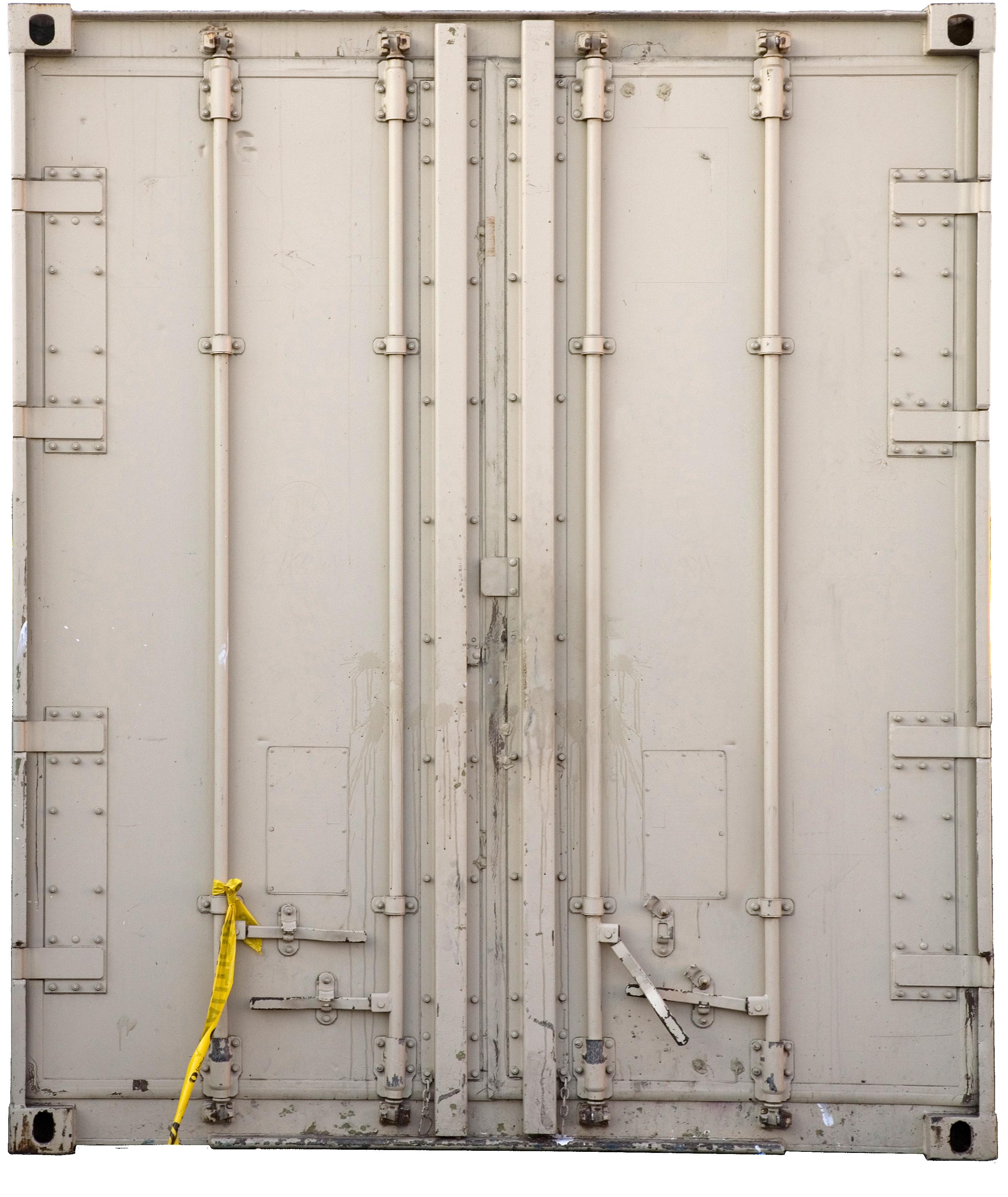

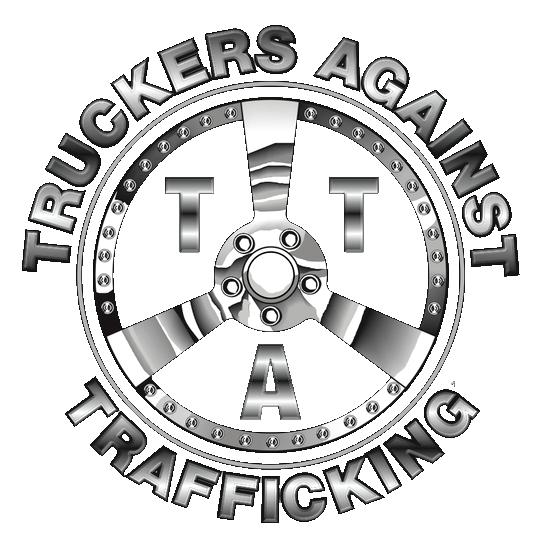

Truckers Against Trafficking is raising up a mobile army of transportation professionals to assist law enforcement in the recognition and in order to aid in the recovery of victims and the arrest of their perpetrators.


The Freedom Drivers Project (FDP) is a first-of-its-kind, mobile exhibit serving as a remarkable tool to educate members of the trucking industry, law enforcement and general public about domestic sex trafficking and how the trucking industry is combating it. From the compelling exterior imagery on this 48-foot trailer to the interior’s video monitors and actual trafficking artifacts from women and children who had been enslaved by traffickers, this trailer serves as a powerful education tool for many. It also celebrates the real Truckers Against Trafficking who are working to drive change in this area, and connects deeply with visitors, both intellectually and emotionally, to drive greater awareness about the problems and the simple action steps anyone can take to help. Click here to learn more.

The Shipping Partners Program seeks to engage major purchasers of shipping to encourage their carriers to implement Truckers Against Trafficking (TAT) materials as a regular part of training and orientation. Building on the corporate social responsibility movement, and leveraging purchasing power, TAT is utilizing pre-existing relationships between shippers and their carriers to train even more drivers. Click here to learn more.
Coalition Builds bring law enforcement agencies at all levels of government together with the general managers of truck stops, representatives of trucking companies and state trucking associations to provide extensive training resulting in a significant increase in anti-trafficking activity in a local area. Click here to learn more.
The Industry Training Program is TAT’s core program that drives the biggest impact by training hundreds of thousands of industry members about the realities of domestic sex trafficking and how the trucking industry can combat it. By speaking all over the country, utilizing a robust social media program, and via our industryspecific materials, TAT partners with trucking schools, the carriers themselves, the truck stop industry, as well as manufacturers and state and national trucking associations in order to spread the word. TAT training has resulted in a significant increase of reports of possible trafficking to the national hotline from truck drivers, which has resulted in victim recoveries and the arrest of criminals. Click here to learn more.
Our State Agency Initiatives revolve around partnerships with state agencies across the nation to conduct trainings and adopt policies and protocols that capitalize on their intersections with commercial vehicle sectors, as well as potential victims. To that end, we created a training specifically designed for Department of Transportation employees, or for any agency employee that works at a licensing counter (i.e. Department of Revenue, Department of Licensing, Department of Motor Vehicles). In addition, by leveraging the Iowa Motor Vehicle Enforcement (Iowa MVE) model, we activate the appropriate government agencies in outreach work to the trucking and busing industries, insofar as the Iowa MVE Model organizes the state patrol and other law enforcement entities to utilize entry points into the trucking and busing industries to spread the TAT antitrafficking message. Click here to learn more.

The TAT Dealership Partner program (TDP) provides a specific pathway for manufacturers from all corners of the industry to not only support TAT financially, but raise awareness about the realities of domestic sex trafficking and the effective and innovative work of TAT by becoming a distribution point for our materials. Click here to learn more.



Busing on the Lookout (BOTL) equips members of the busing industry (both commercial and school) to recognize and report potential human trafficking situations. Traffickers often utilize buses to transport their victims; they recruit potential victims out of bus terminals and bus stops; and at times school is one of the last places children, who are being trafficked, are seen before disappearing entirely. If every bus driver and bus station employee could be trained to identify the signs of human trafficking and how to report it effectively, TAT believes more victims will receive assistance and more traffickers will be arrested. Click here to learn more.

In an effort to scale sustain ability, TAT is seeking to replicate its model across borders, modes and industries. TAT’s model is highly replicable, due to the way it creates pathways, which expands its reach, and secondly, the way it turns people who are ordinarily bystanders into a trained and vigilant army that recognizes what they are seeing and know how to take action against a crime. This removes the traffickers’ best defense –ignorance or apathy on the part of people who might see it happening. By using TAT’s model, every person, working within his/her sphere of influence, can play a critical role in fighting this crime by effecting social change – whether in seeing or reporting the crime, introducing the concept and training to others, being the catalyst for changing company policy or becoming a “TAT champion” and working to raise either personal, corporate or industry involvement to the next level. This, in turn, often elevates TAT’s standing both within and outside of the industry, allowing rapid expansion of the model into other industries. Click here to learn more.
To ensure that law enforcement and trucking are aligned in the fight against human trafficking, TAT provides in-depth training to law enforcement. This training, co-taught by a TAT field trainer/survivor leader, enables both trucking and law enforcement to hear the same messaging and see each other as a reliable resource in the disruption of trafficking rings, the recognition of victims and the arrest of perpetrators. In addition, it places a special emphasis on equipping officers to take a victim-centered approach in dealing with this crime. Click here to learn more.


Truckers Against Trafficking is committed to utilizing industry overlaps to ensure that every truck driver in America is TAT trained. The energy industry intersects with trucking through midstream transportation, heavy machinery all the way down to fuel logistics. Once we began exploring these overlaps, we found that an industry-specific approach could benefit the energy industry as well. With that in mind, we have connected our different program options with energy companies. Check out the action steps your company can take to combat human trafficking.


The first year of the COVID-19 pandemic saw a steep rise in cardiovascular disease deaths in the U.S., with especially high mortality rates for Asian, Black and Hispanic people, according to a new statistical report from the American Heart Association. Cardiovascular disease-related deaths jumped from 874,613 in 2019 to 928,741 in 2020, the largest single-year increase since 2015, according to the 2023 update to AHA’s heart disease and stroke statistics. The number of deaths surpassed the previous high of 910,000 in 2003. Cardiovascular disease includes heart disease, stroke, heart failure and hypertension, or high blood pressure.

CATCH THE SIGNS EARLY
Don’t wait to get help if you experience any heart attack warning signs. Some heart attacks are sudden and intense, but others start slowly, with mild pain or discomfort. Pay attention to your body and call 911 if you experience:
Chest discomfort. Most heart attacks involve discomfort in the center of the chest that lasts more than a few minutes – or it may go away and then return. It can feel like uncomfortable pressure, squeezing, fullness or pain.
Discomfort in other areas of the upper body. Symptoms can include pain or discomfort in one or both arms, the back, neck, jaw or stomach.
Shortness of breath. This can occur with or without chest discomfort.
STROKE
Use the letters in F.A.S.T. to spot a Stroke
F = Face Drooping – Does one side of the face droop or is it numb? Ask the person to smile. Is the person’s smile uneven?


A = Arm Weakness – Is one arm weak or numb? Ask the person to raise both arms. Does one arm drift downward?
S = Speech Difficulty – Is speech slurred?
T = TIME TO CALL 911
OTHER STROKE SYMPTOMS
Watch for Sudden: NUMBNESS or weakness of face, arm, or leg, especially on one side of the body
CONFUSION, trouble speaking or understanding speech
TROUBLE SEEING, in one or both eyes
TROUBLE WALKING, dizziness, loss of balance or coordination
SEVERE HEADACHE, with no known cause www. heart.org
WHAT IS THE BEST DIET FOR A HEALTHY HEART?
WHAT IS THE BEST DIET FOR A HEALTHY HEART?
Control your portion size. How much you eat is just as important as what you eat. Eat more vegetables and fruits. Vegetables and fruits are good sources of vitamins and minerals. Select whole grains. Limit unhealthy fats. Choose low-fat protein sources.
Control your portion size. How much you eat is just as important as what you eat. Eat more vegetables and fruits. Vegetables and fruits are good sources of vitamins and minerals. Select whole grains. Limit unhealthy fats. Choose low-fat protein sources.
Winifred Shelby, RN, BSN, CCM Occupational Health & Wellness Supervisor Contributing.FEBRUARY IS AMERICAN HEART MONTH, A TIME TO PAY SPECIAL ATTENTION TO UNDERSTANDING, PREVENTING AND TREATING HEART DISEASE – THE LEADING CAUSE OF DEATH IN THE NATION.
Several health conditions, your lifestyle, and your age and family history can increase your risk for heart disease. These are called risk factors. About half of all Americans (47%) have at least 1 of 3 key risk factors for heart disease: high blood pressure, high cholesterol, and smoking.

Some risk factors for heart disease cannot be controlled, such as your age or family history. But you can take steps to lower your risk by changing the factors you can control.
High blood pressure is a major risk factor for heart disease. It is a medical condition that happens when the pressure of the blood in your arteries and other blood vessels is too high. The high pressure, if not controlled, can affect your heart and other major organs of your body, including your kidneys and brain. High blood pressure is often called a “silent killer” because it usually has no symptoms. The only way to know whether you have high blood pressure is to measure your blood pressure. You can lower your blood pressure with lifestyle changes or with medicine to reduce your risk for heart disease and heart attack.
Unhealthy blood cholesterol levels. Cholesterol is a waxy, fat-like substance made by the liver or found in certain foods. Your liver makes enough for your body’s needs, but we often get more cholesterol from the foods we eat. If we take in more cholesterol than the body can use, the extra cholesterol can build up in the walls of the arteries, including those of the heart. This leads to narrowing of the arteries and can decrease the blood flow to the heart, brain, kidneys, and other parts of the body. High blood cholesterol usually has no signs or symptoms. The only way to know whether you have high cholesterol is to get your cholesterol checked. Your health care team can do a simple blood test, called a “lipid profile,” to measure your cholesterol levels.
Diabetes mellitus. Your body needs glucose (sugar) for energy. Insulin is a hormone made in the pancreas that helps move glucose from the food you eat to your body’s cells for energy. If you have diabetes, your body doesn’t make enough insulin, can’t use its own insulin as well as it should, or both. Diabetes causes sugar to build up in the blood. The risk of death from heart disease for adults with diabetes is higher than for adults who do not have diabetes. Obesity which is excess body fat. Obesity can lead to high blood pressure and diabetes as well as heart disease. www.cdc.org

What does that mean? Quite simply, the AHA is encouraging people to reclaim control of their mental and physical well-being after two difficult years of the COVID-19 pandemic. Heart disease has remained the leading health threat during the pandemic, and more people are reporting lower physical and emotional wellness. Many people have delayed or avoided seeking medical care. Unhealthy use of alcohol and other substances has been on the rise.
Here are just a few examples of how you can reclaim your health: Doing at least 150 minutes of moderate-intensity physical activity a week (or, just getting started and working your way there!) Eating healthy (the AHA’s Heart-Check mark can guide you in the grocery store) Not smoking or vaping. Maintaining a healthy weight and Controlling blood sugar, cholesterol and blood pressure. GET
Learning Hands-Only CPR can save a life. Following COVID-19 safety protocols is another good practice. Finding ways to relax and ease your mind, such as meditation.
Caring for yourself and others are great ways to counter the pandemic’s heavy toll on health. Also, taking care of your heart is good for your brain. That’s because many of the risk factors for heart disease, including high blood pressure, diabetes and obesity, are also related to brain diseases such as stroke, Alzheimer’s disease and other dementias, experts note.
www.heart.org

ACCORDING TO THE AMERICAN HEART ASSOCIATION, it’s recommended that you achieve at least 150 minutes of moderate-intensity exercise each week. Doing so not only improves how blood moves throughout your body, lowers your blood pressure and cholesterol, and reduces your risk of Type 2 diabetes, but it can also decrease your risk of heart disease.
ACCORDING TO THE AMERICAN HEART ASSOCIATION, it’s recommended that you achieve at least 150 minutes of moderate-intensity exercise each week. Doing so not only improves how blood moves throughout your body, lowers your blood pressure and cholesterol, and reduces your risk of Type 2 diabetes, but it can also decrease your risk of heart disease.
This February, the 58th American Heart Month, the AHA is urging people all over the country to “reclaim your rhythm.”
TAKE TIME THIS MONTH TO RECLAIM YOUR RHYTHM AND BE THE BEST VERSION OF YOU!!!
2023 is the year of the Black River Rabbit. This yearpromises to be an excellent year when it comes to your professional and personal life. Check out where you fall in the Zodiac below to see how your year may develop. Best of Luck!

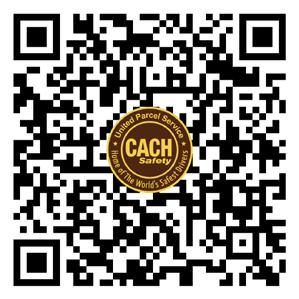


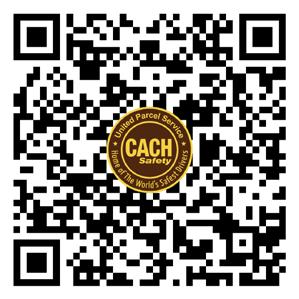


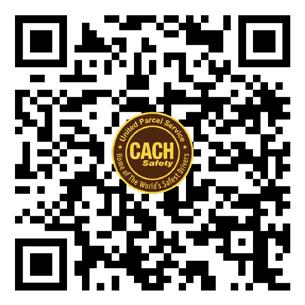
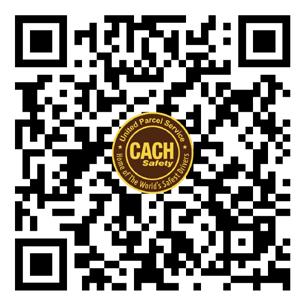


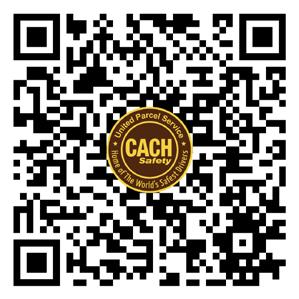

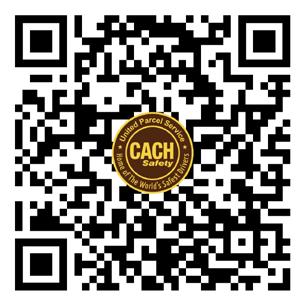
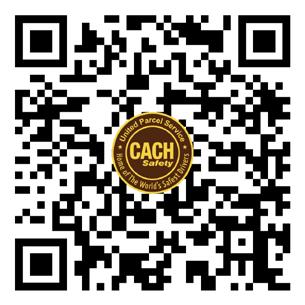


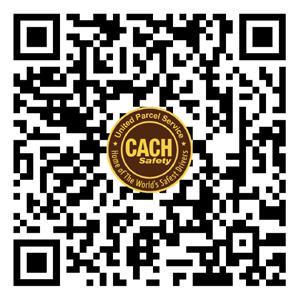

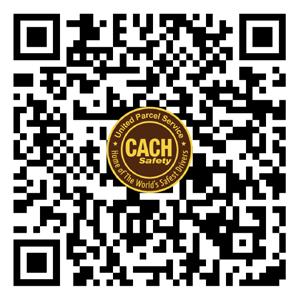

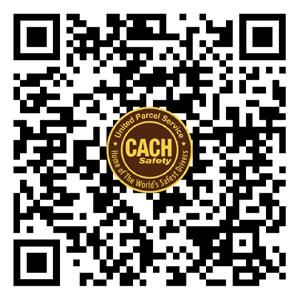

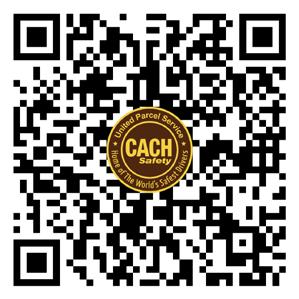
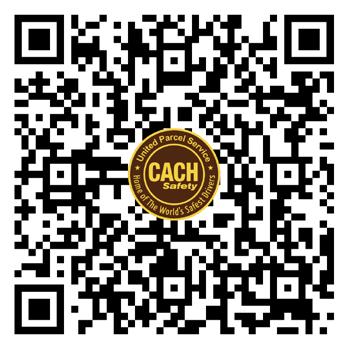
Valentine Quote: “True love is like ghosts, which everyone talks about and few have seen.”__Francois de La Rochefoucauld.




